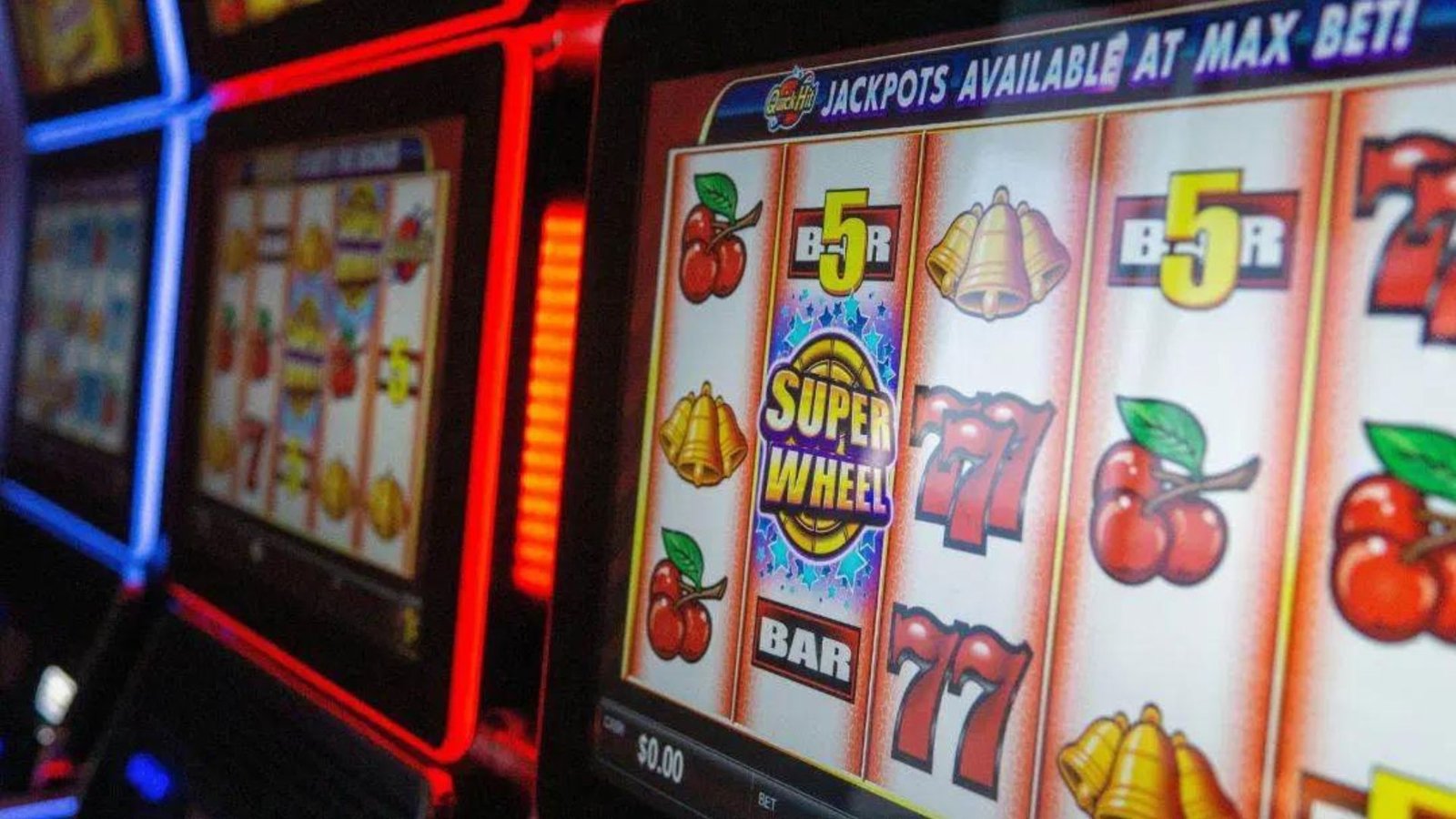Slot games are one of the most popular forms of gambling entertainment, known for their unique mechanics and enticing gameplay. Behind the colorful graphics and enticing themes, slot games are built on precise mathematics and intricate mechanics. In this post, we will explore the science behind slot game mechanics, including how reels work, the role of symbols, and how payouts are determined.
- Reel Mechanics:
Reels are the spinning columns in a slot machine that display different symbols. Traditionally, physical slot machines used mechanical reels, while modern digital slot games use virtual reels. These reels are governed by a random number generator (RNG), which ensures that the outcomes are completely random and fair. Each reel contains a predefined number of symbol positions, and the RNG determines which symbols will appear on the visible part of the reels after spinning.
- Symbol Design:
Symbols are the visual elements that appear on the reels. They can range from classic fruit symbols to themed icons fitting the game’s theme. Symbol design plays a crucial role in creating excitement and engagement in slot games. Some symbols may have higher values and offer better payouts, while others may trigger bonus features or free spins. The design and placement of different symbols contribute to the overall gameplay experience.
- Paylines and Payouts:
Paylines determine winning combinations in a slot game. They are virtual lines that connect specific symbol positions across the reels. Traditional slot games typically have a limited number of paylines, while modern games offer more flexible options, including adjustable and dynamic paylines. Payouts are determined by the combination of symbols that land on an active payline after a spin. Each symbol has a predefined value assigned to it, and the combination of symbols on the winning payline determines the corresponding payout.
- Return to Player (RTP) and Volatility:
Return to Player (RTP) is the theoretical percentage of wagered money that a slot game is expected to pay back to players over time. This is an important indicator of a slot game’s potential profitability. Volatility, also known as variance, refers to the risk level involved in playing a particular slot game. Low volatility games offer frequent but smaller wins, while high volatility games have less frequent but potentially more substantial payouts.
- Bonus Features and Random Events:
Slot games often include various bonus features to enhance gameplay and increase winning opportunities. These can include free spins, bonus rounds, wild symbols, multipliers, and more. These features are typically triggered by specific symbol combinations or random events, adding excitement and anticipation to the gameplay experience.
Conclusion:
Behind the captivating graphics and gameplay of slot games lies a complex system of mechanics, mathematics, and randomness. Understanding the science behind slot game mechanics, from the reels and symbols to payouts and bonus features, can provide a deeper appreciation for the intricate design and development that goes into creating these popular gambling experiences. Whether you’re a casual player or a slot enthusiast, recognizing the mechanics behind the games can enhance your understanding and enjoyment of this ever-popular form of entertainment.











